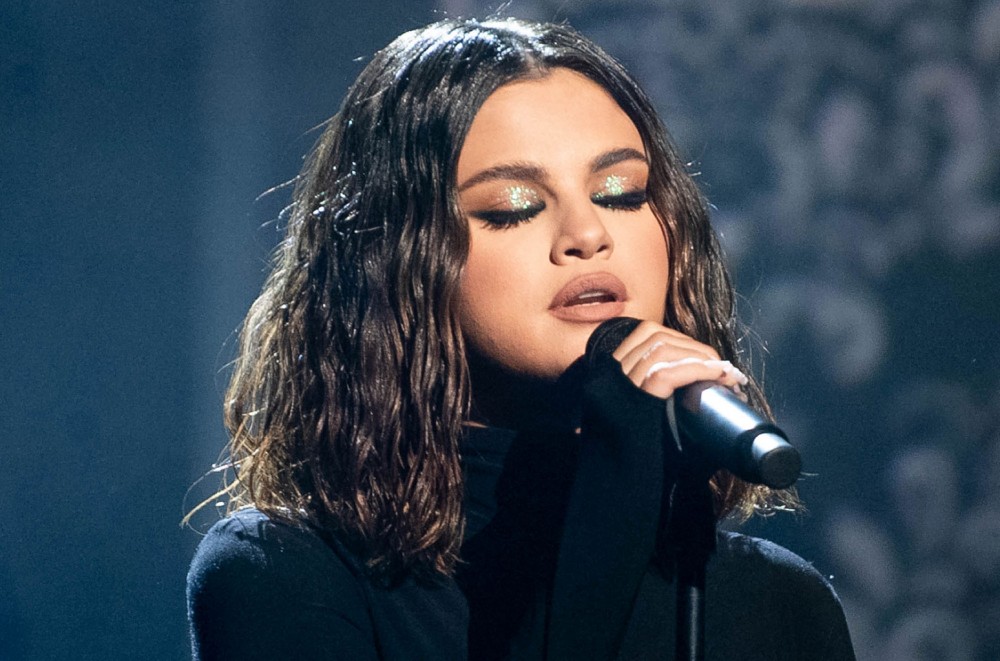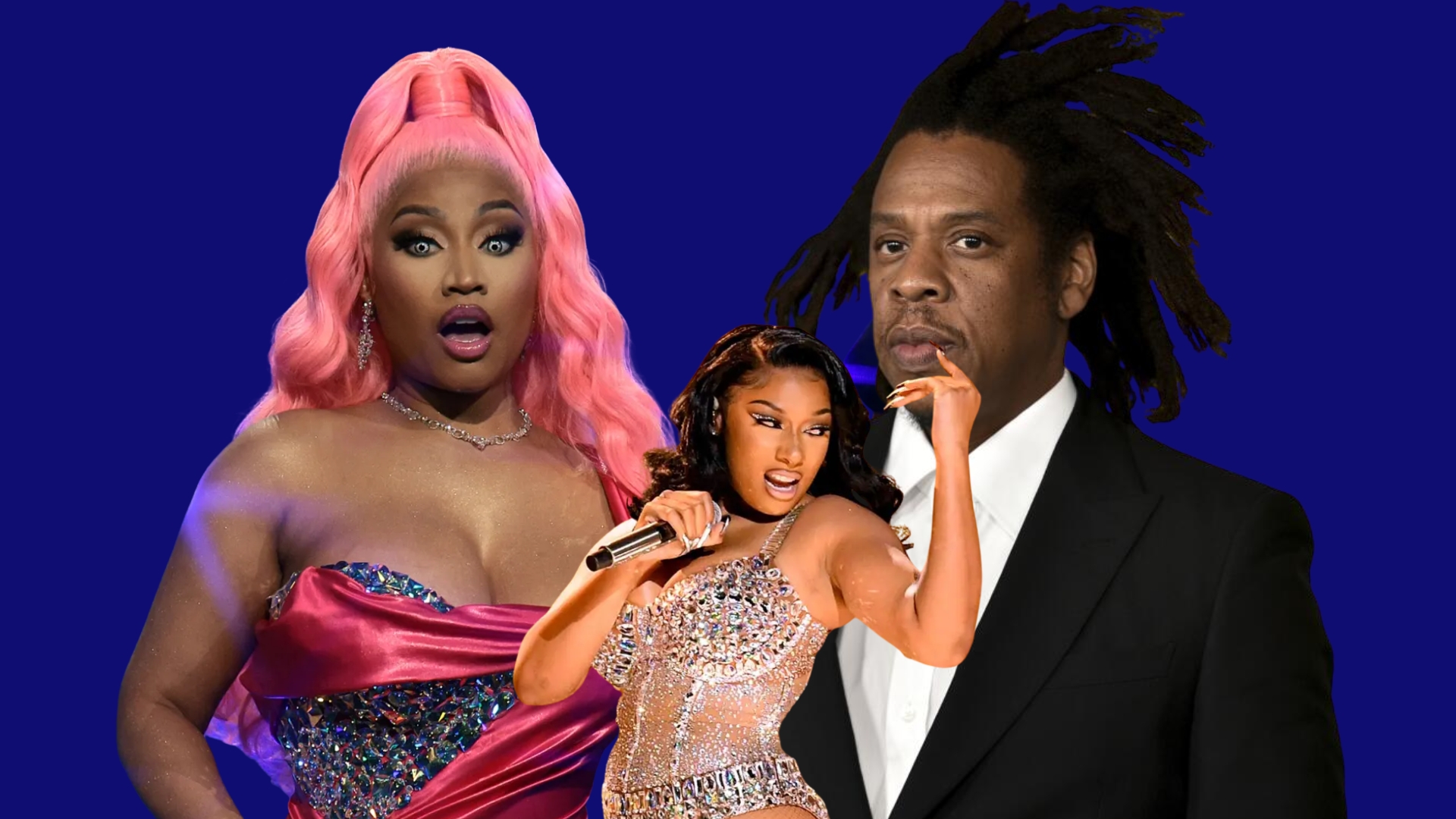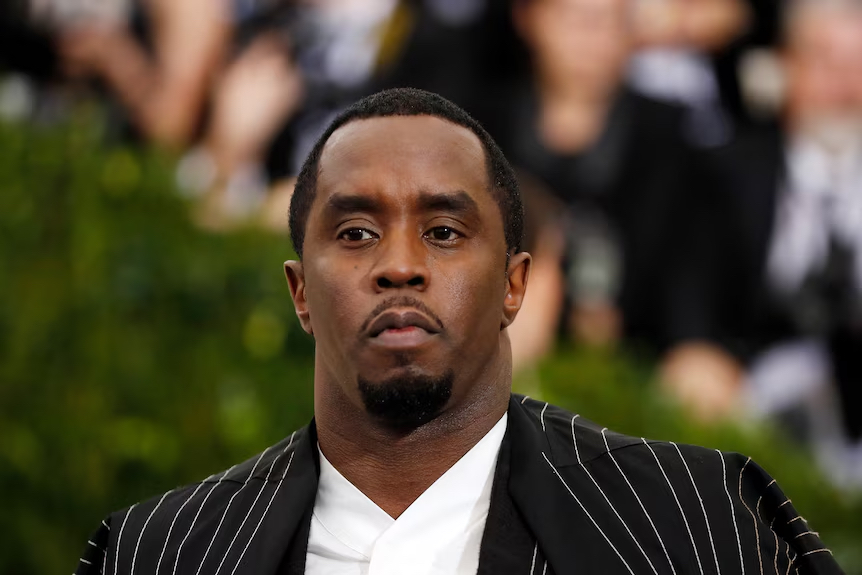At the start of the 2010s, it seemed like Selena Gomez’s path was all laid out for her. The former child actress, now 17, was three seasons into her role as the lead on the Disney Channel sitcom Wizards of Waverly Place. She’d just released her first album, Kiss & Tell, on Disney’s label Hollywood Records. What set her apart from any other teen idol of the last 50-odd years? Ten years later, with her sixth album Rare due Friday (January 10), it feels like the right time to look back at her unlikely road through adult pop stardom.
Early on, there were signs that Gomez wanted to carve her own path. As Selena Gomez & The Scene — not a solo act, but a band — she made three albums of likeable, if unextraordinary, electro-fied teen pop-rock, seemingly inspired by Paramore and Metric as much as the Jonas Brothers. She starred in Harmony Korine’s 2012 film Spring Breakers, a film that baited controversy with its unflinching portrayal of college girls embracing sex, drugs and crime in Florida. But the film was grounded by Gomez’s fragile, regretful performance, which hinted at depths not yet explored in her music.
She outgrew her band on her first solo release, 2013’s Stars Dance, whose electropop–Bollywood lead single “Come & Get It” was a Rihanna reject, precisely calculated to be a Top 40 smash. Though it became her first top ten hit on the Billboard Hot 100, Gomez was still following trends, not setting them.
In November 2014, Gomez surprise-released “The Heart Wants What It Wants,” a brooding R&B track that was significantly darker than anything she’d previously sung. For the first time, her lyrics acknowledged her personal life, as she describes herself going back to a potentially doomed relationship: “Save your advice, ’cause I won’t hear…/ There’s a million reasons why I should give you up/ But the heart wants what it wants…”
Her teen idol status had already made her a role model for young girls and women; her highly public relationship with Justin Bieber put her actions under an even more critical lens. Yet Selena sings as if she’s reckoning with her thoughts in real time, not yet ready to put her feelings aside. The lyrics address the concept of love, but the song isn’t particularly romantic: “No happy endings, no wind in our sails…”
At the time, “Heart” was just a one-off single from her greatest hits collection For You. But the song, and her emotional performance of it at the 2014 AMAs, became the fulcrum on which her entire career would shift. When Gomez’s contract with Hollywood Records ran out, it was inevitable that she’d move on. She let go of her parents as her managers, then signed with Interscope in December 2014, ready to reinvent herself completely.
As a singer, Selena Gomez is best known for her lack of vocal theatrics. She has a relatively small vocal range, and her delivery is oft-described with terms like soft, delicate, husky, whispery. Yet she hadn’t earned that reputation until the release of her 2015 album Revival. On her earlier material, her voice was often processed with a compressed, almost metallic quality: the multitracked sheen of “Naturally,” the robo-pop of “Love You Like a Love Song.” She told TIME in 2015: “There were times in my career where I sang things that just weren’t me and weren’t for me. You can hear it in my voice… I know that I’m not the world’s greatest singer, but I do know that I have a unique tone. And I’m an actress — I love being able to translate everything I’m feeling inside through my voice and through the songs.”
On Revival, that voice took on an entirely new dimension. Though the album’s concept and revealing cover art were inspired by Christina Aguilera’s Stripped, Gomez took a softer approach to her songs’ dynamics. “Good For You,” the A$AP Rocky-featuring lead single, plays out like a feminine reflection of her future paramour The Weeknd’s ominous alt-R&B. Selena deliberately slurs her words, singing not of empowerment, but finding release through submissiveness: “Let me show you how proud I am to be yours/ Leave this dress a mess on the floor/ And still look good for you…”
In the verses of “Hands to Myself,” the album’s third single, Gomez’s voice is both lead instrument and background texture. Each syllable in the verses sounds like a little puff of smoke, close enough to hear her breathe. But it was “Same Old Love,” the second single, that was Revival’s biggest sonic departure: An anti-love song penned by Charli XCX, its brash melodies stuck out amongst the album’s subtler sentiments. Either way, Gomez had finally turned her voice into her biggest asset. Revival’s first three singles all reached the top ten of the Billboard Hot 100; with “Good For You” and “Same Old Love” peaking at no. 5, her then-highest to date.
Upon its release in October 2015, Revival debuted atop the Billboard 200 — but in the long run, it became one of the most influential pop albums of the late 2010s. Alongside Justin Bieber’s Purpose, released the same year, Revival defined pop’s turn away from EDM-style maximalism to a softer palette: melodic, R&B-inflected vocals paired with far gentler dance beats. Chill enough for bedrooms, but still rhythmic enough for parties, theirs became a broad template that could accommodate all kinds of artists, from Ed Sheeran to Dua Lipa to The Chainsmokers.
Behind the scenes, Revival’s A&R process epitomized the way pop records are now made. The album’s credits feature a broad cast of characters, with established American names like Rock Mafia and Benny Blanco, and Swedish icons like Mattman & Robin, Max Martin, and Stargate. It also featured then-upcoming names like Ross Golan, Nolan Lambroza, and Dreamlab.
Most notably, Revival served as a coming-out party for Justin Tranter and Julia Michaels, the songwriting duo who cowrote over half the album. Michaels in particular was a songwriting savant and future solo hitmaker in her own right, who still feels like Gomez’s secret weapon. Revival’s odd turns of phrase — “You’re my metaphorical gin & juice,” “I’m on my marquise diamonds/ I’m a marquise diamond/ Could even make that Tiffany jealous” — are distinctly Michaels, but Gomez has the presence to make them her own. The two have since gone from collaborators to best friends, sharing the stage and matching tattoos. As Gomez told TIME in 2015: “I felt like Julia was me and I was Julia.”
In the four-year gap between studio albums, Selena Gomez’s musical output has been hard to define — neither sparse nor prolific. In 2017’s “Bad Liar” spun the bassline of “Psycho Killer” into a completely different composition, peaking at No. 20 on the Hot 100 and becoming her most critically beloved song. It’s Gomez and Michaels operating at their peak, cramming syllables and imagery where it shouldn’t belong: “Just like the battle of Troy/ There’s nothing subtle here!” Ian Kirkpatrick’s production is a symphony of whispers and rhythmic earworms, whose quietness forces you to lean in. Listening to it feels like the experience of a hot flush — embarrassment, anxiety, and ultimately, joy.
“Bad Liar” was followed by “Fetish,” which instead doubled down on alt-R&B, featuring a verse from her Spring Breakers co-star Gucci Mane — but like "Bad Liar," it failed to reach the chart heights of Revival's smashes. Taken together, the songs felt like the lead singles from a follow-up album that never materialized. As Gomez told Jimmy Fallon in 2019, “It took me four years now to even feel at a good place with this album… So I just kept going.”
In 2017 and 2018, Gomez released a trio of singles that could easily be mistaken for each other: “It Ain’t Me” with Kygo, “Wolves” with Marshmello, and the solo “Back to You,” from the second soundtrack to Netflix’s 13 Reasons Why. Each combines a playlist-friendly blend of clean guitars, light dance rhythms, chopped-up vocal samples, and rousing sing-along choruses that culminate in a “pop-drop.” Each song also has over 500 million Spotify streams — more than any of her album singles — perhaps because they feel like mass-appeal tracks. Along with DJ Snake’s reggaetón posse cut “Taki Taki,” which features her most high-profile Spanish vocals to date, their impersonal nature has contributed to the feeling that Gomez has been omnipresent in the streaming era, yet curiously distant at the same time.
When pop music and celebrity overlap, the results can be uncomfortable — or they can be triumphant. Selena’s public image has long been tied to her relationships with similarly famous men: Justin Bieber, The Weeknd, and Charlie Puth — whose Gomez duet “We Don’t Talk Anymore” became a self-fulfilling prophecy.
But “Lose You to Love Me” — released last October — rightfully puts the spotlight back on her. In the black-and-white video, raw emotion flickers across her face, as she confesses to the camera: “I needed to hate you to love me!” Gomez has rarely been one for grand, declarative statements, but after her last few tumultuous years, “Lose You to Love Me” felt like a collective exhalation of breath — like knowing, for good, that your best friend will never go back to her worst relationship. Who’d have thought that Selena Gomez, of all people, would finally top the Billboard Hot 100 with a melodramatic ballad fit for a diva?
She moved on immediately, releasing another single and video the very next day. “Look at Her Now” is one of Julia Michaels and Gomez’s quirkiest concoctions, an offbeat dance-pop track with autobiographical lyrics — delivered entirely in third-person. There’s Michaels’ signature awkward phrasing, delivered with Gomez’s quiet confidence: “Of course she was sad/ But now she’s glad she dodged a bullet.” “Lose You to Love Me” and “Look at Her Now” couldn’t be more sonically different, but together form two sides of the same coin — and a fitting preview of Rare, over four years in the making.
Selena Gomez uses her voice — and her celebrity — sparingly. In the current age, when our attention is more divided than ever, there’s a power in not taking up more space than you need to. Though her music has never demanded much from her listeners who’ve grown up with her, she’s learned put more of herself into her songs than ever before. Selena’s still only 27, but it feels like she’s never had more to prove. So it’s ironic, and fitting, that pop’s quietest singer gets the first chance to define the sound of 2020.


